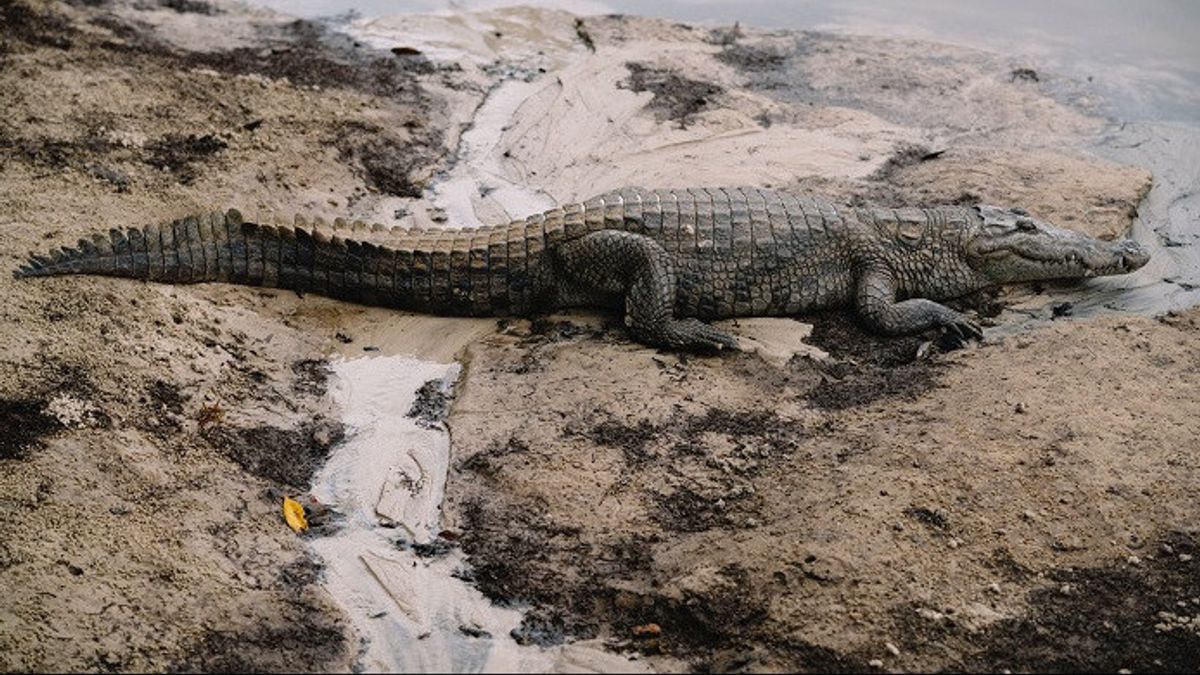JAKARTA - The researchers managed to find evidence of a giant creature having legs used to swim similar to today's crocodiles. However, the ancient amphibious arrived about 50 million years before the crocodile evolved.
The fossils were found at a site, dubbed Dave Green palaeosurface researchers, in KwaZulu-Natal Province, South Africa.
All of the fossils are on the surface of the rock which used to be the basis of the ups and downs or ancient Karoo Sea lagoons.
During the Final term, more than 250 million years ago, South Africa was home to temnospondyl rhinesuchid, a large amphibious predator with a crocodile-like or large basander-like body.
These extinct animals are known to originate from skeletal remains, but in this study, researchers described an extraordinary set of fossil traces, providing insight into how these animals move through their environment.
The findings of this study are important because it helps fill voids in our knowledge of ancient animals. The extraordinary traces and traces preserved on Dave Green's palaeo surface are windows to the Karoo Sea coastline roughly 255 million years ago, and provides direct evidence of how these animals move and interact with their environment, "said the study's authors in a statement quoted on Wednesday, April 5.
In a new study published in the journal PLOS ONE, the researchers then analyzed seven body traces (rest traces) and a number of tailpoints (swimming tracks) allegedly made by the temnospondyl rhinesuchid which is about two meters long.
Based on the spatial array of these traces, the researchers interpreted it as made by one or two animals swimming from one resting place to another while looking for food.
The shape of the winding tail marks shows these animals pushing themselves through water with continuous side-to-side movements such as crocodiles and modern basanders.
The researchers stated that this amphibious slips into the body while swimming which is similar to a crocodile due to the absence of footprints and shows an active lifestyle swimming and walking on this ancient amphibious foundation, an interpretation caused by the preservation of extraordinary driving tracks.
In addition, this fossil site also holds many traces of other tetrapods (men with four legs), fish, and invertebrates, and is therefore a key location for understanding the Ecosystem of the Age of Immunity.
"Not only is the scientific contribution extraordinary, this research also shows the importance of paleontological discoveries often made by curious people, bringing their findings to the attention of paleontologists," the researchers said.
The English, Chinese, Japanese, Arabic, and French versions are automatically generated by the AI. So there may still be inaccuracies in translating, please always see Indonesian as our main language. (system supported by DigitalSiber.id)













